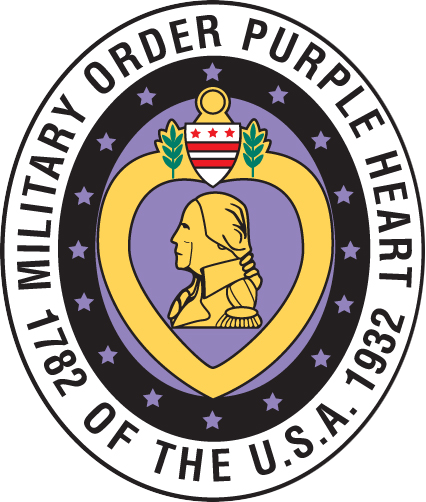Leslie says he was in combat for 15 minutes, and in the hospital for 22 months. As disabled veteran, amputee, he obtained a graduate degree, had a long and successful working career, and lived his life to the fullest.
Leslie Hereford, Jr. was born in 1921 in Tow, Texas. The family farm was located on land that became lake-bottom when Buchanan Dam was built, so the Herefords moved to Lometa in adjacent Lampasas County. Leslie graduated from Lometa High School and then went to Tarleton College in Stephenville for two years. He then transferred to Texas A&M, and he was there at College Station when the United States entered the war. He graduated at mid-term, January 1943, having already volunteered for active duty in the 90th Infantry Division.
Leslie Hereford was commissioned Second Lieutenant, Infantry, on May 27, 1943 upon completion of Officer Candidate School at Fort Benning, Georgia. He then trained at Camp Wolters (Mineral Wells) and Camp Barkeley (Abilene), Texas and in Haan, California. From there, the 90th Division was moved to New York and on March 22, 1944 embarked for England. By coincidence, Leslie Hereford was stationed at Hereford, in the South of England, where the 90th Division conducted pre-invasion training. First Lieutenant Hereford was the Platoon Leader of 3rd Platoon, Company K, 358th Infantry Regiment. They went aboard ship two days before the D-Day invasion at Normandy, but, it was D + 2 before it was their turn to be landed. The 90th Division went ashore at Utah beach on the afternoon of June 8th.
They were still confined to a relatively small beachhead on the afternoon of June 10th, and Company K was in action at Pont l’Abbe (Etienville). Leslie was credited with capturing two enemy prisoners and locating a German command post in the taking of Etienville. At 5:15 PM he was hit by an artillery shell, which tore off his right arm; and at 5:30, just before the Medic reached him, a sniper’s bullet severely wounded his left hand. He lost consciousness on the stretcher. He did not awaken until he was in a hospital back in England the next day. He had only been in France two days.
Leslie was medically evacuated back to the United States on July 7, 1944. For the next 22 months he was in VA hospitals (at McClusky in Temple, and William Beaumont in El Paso) undergoing reconstructive surgery, skin grafts and physical therapy. He was medically retired from the Army in the grade of First Lieutenant on March 28, 1946. As a disabled veteran ever since that time, today Leslie says, In the first 30 minutes of combat, I lost an arm and part of my other hand; I have four fingers left. Now I have more pain in my hand than in the rest of my body put together. But, at the time, I was just hoping to get out alive. I can launch into a long story about the nurses, about the people who helped. What you’ve got to do is accept that time will take care of everything if you are patient enough. I write better now with four fingers than I did with my whole hand before. You just have to learn to accept help when you need it, to not become isolated.
Leslie Hereford did not live in isolation, nor did he accept limitations in living his life to the fullest. He returned to College Station for a Masters Degree in Range Management from A&M. On March 19, 1949 he married Joyce Baker, The girl that lived just across the Colorado river from us in Burnet County. Their daughter was born in Kerrville after Leslie Hereford had begun what was to be a 25 year career in the U.S. Department of Agriculture’s Soil Conservation Service. Following that, Leslie worked for Metropolitan Life in for another 14 years, after which he retired for a third time.
Leslie Hereford provided this Purple Heart story for publication in the June 1997 issue of PATRIOT BULLETIN. Leslie passed away in February 2007.
https://mophaustin.org/wp-content/uploads/1997/06/hereford.jpg|https://mophaustin.org/wp-content/uploads/1997/06/herford3.jpg

